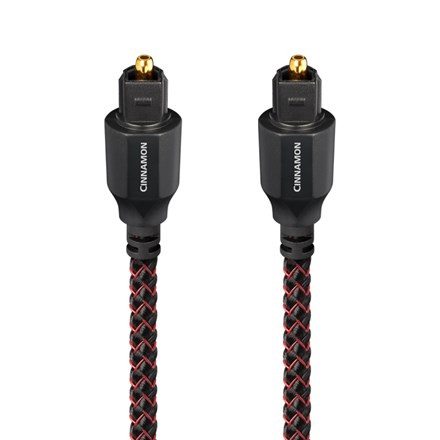A revolution in fiber optic cable design, Cinnamon Optilink uses several highly polished polymer fibers instead of a single plastic conductor. These polymer fibers are more efficient at conducting light (information) giving Cinnamon Optilink greater resolution and improved tonality over every other optical cable we’ve tried!
Cinnamon Optilink preserves TosLink's great strengths of vanishingly low noise and zero mechanical noise, but offers something other TosLink cables can't...dynamic range! Compared to standard TosLink cables, the Optilink is a revelation, with surprising transient performance and excellent dynamic gradations. Optilink even outperforms similarly priced coaxial digital cables, with a smoother, more natural tonal palette and surprisingly deep black backgrounds.
Often maligned as a low-performance digital interface, Toslink actually offers state-of-the-art optical S/PDIF resolution. Additionally, Toslink provides several key advantages, such as galvanic isolation and electrical isolation. And Toslink prevents introduction of RF interference over cable.
The primary source of distortion in a fiber-optic cable is corruption of timing information. Imperfections in the optical fiber scatter the light information, leading to sound with less clarity and a need for more error correction. The superior fiber and finely polished optical interface of AudioQuest fiber-optic cable avoids these problems.







































